At A Glance | |
Ownership | TVI Resource Development Inc. (100%) |
Location | Sitio Canatuan, Barangay Tabayo, Siocon Municipality, Zamboanga del Norte |
Tenement | TVI 054-96-IX MPSA |
Business activities | Gold and silver production (2004-2008) Copper and zinc concentrates production (2008-2013) |
Deposit Type | Volcanogenic Massive Sulphide (VMS) |
Metals Produced | Gold (Au): 105,200 ounces Silver (Ag): 1.8 million ounces Gold Equivalent (AuEq): 136,000 ounces Copper (Cu): 199,778 dry metric tons Zinc (Zn): 30,548 dry metric tons |
Manpower | Peak employment of 1,200 |
Logistics | Mining area is approximately one-hour driving time to the port area in Santa. Maria, Siocon Municipality |
Project Phase | Production Stage (2004-2013) Final Mine Rehabilitation and Decommissioning Stage (current) |
The Canatuan Mine, located in the Province of Zamboanga del Norte, Mindanao is the first mining project in the country to operate under the Philippine Mining Law enacted in 1995. The property is covered by a Mineral Production Sharing Agreement (MPSA) assigned to TVI Resource Development Inc.
Artisanal mining activities in Canatuan area was first recorded in the mid-1980s. The mineralization potential of the property came to the attention of TVI Pacific Inc. (Canadian affiliate of TVIRD) back in the 1990s. Since then, a series of extensive exploration activities and drilling programs was carried out to delineate the mineral resource of the project, and then later on developed as an open pit mineable reserve.
Canatuan’s pre-development and production stage began in the early 2000s when TVIRD commissioned its gold and silver processing plant. The initial phase of mining was focused on the upper and oxidized portion of the volcanogenic massive system (VMS) deposit known as gossan. The company shipped gold-silver dore bars – approximately 136,000 gold equivalent ounces that generated gross revenues of US$86 million.
The project then transitioned to producing copper and zinc concentrates starting in the year 2008, when mining advanced to the fresh and sulphide-rich part of the VMS orebody. TVIRD upgraded its mill plant facility to enable the processing of sulphide ore and completed a total of 46 shipments of combined copper and zinc concentrates with estimated gross revenues of US$393 million.
The Canatuan Mine was recognized year after year at the annual Philippine Mine Safety and Environmental Conference for operating at the highest industry standards for safety and environmental protection.
The project reached the end of its mine life in 2013 and entered its decommissioning stage. Rehabilitation activities were executed in collaboration with representatives of the local community, the municipal and provincial governments, and the Department of Environment and Natural Resources (DENR).
Canatuan is inhabited by the indigenous Subanon tribe. TVIRD secured its social license to operate through Free and Prior Informed Consent (FPIC) and related processes.
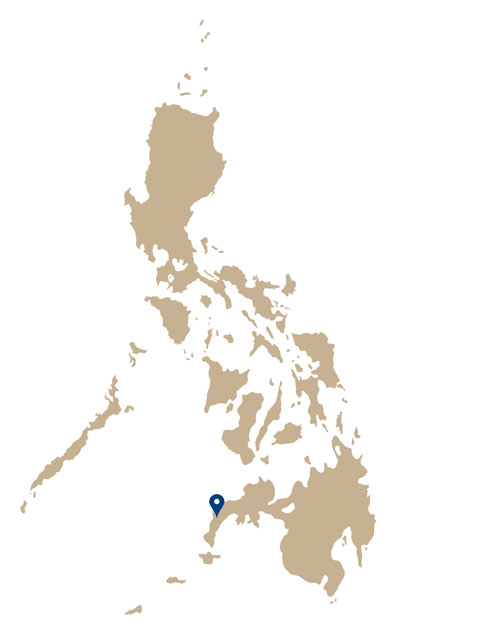
The Canatuan mining area, denominated as MPSA No. 054-96-IX, is located in Barangay Tabayo, Municipality of Siocon, Zamboanga del Norte Province. On the Philippine Transverse Mercator (PTM) grid, the mining tenement is roughly centered at 420 000 mE, 855 000 mN.
The property is accessible via a system of gravel and dirt roads from either the eastern side of the Zamboanga Peninsula, off Highway 14 near the town of RT Lim, or via a connecting set of roads from the town of Siocon on the northwestern side of the peninsula. The nearest large cities are Dipolog and Zamboanga Cities. The Santa Maria Port, which is suitable for transport vessels, is located some 8 kilometers north of Siocon.
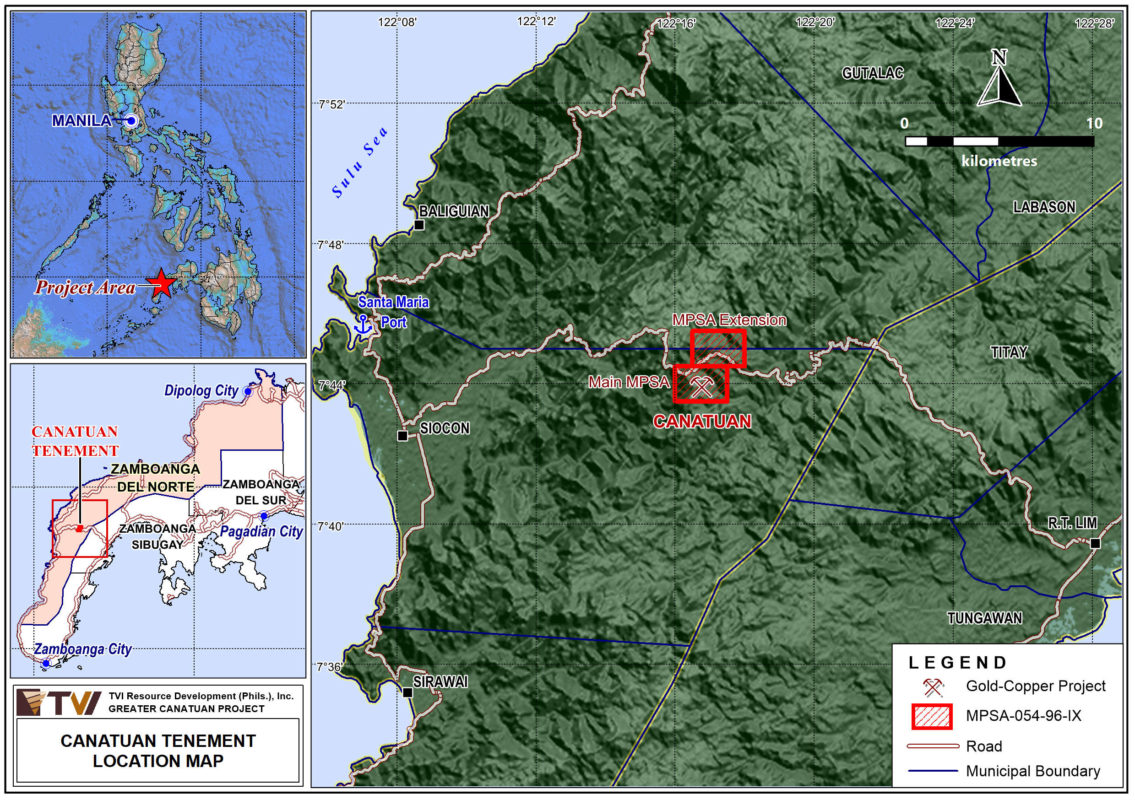
Canatuan is classified as a Volcanogenic Massive Sulphide (VMS) deposit which is predominantly composed of copper-gold rich mineralogy. The greater Canatuan area is a sequence of metamorphosed bi-modal volcanics. It is known to be underlain by a northeast trending, gently west dipping sequence of Tungauan schists.
The main Canatuan orebody consists of an overlying gold and silver bearing gossan unit formed by weathering of the up-dip and near surface portions of the massive sulphide, and a layer of unoxidized copper rich mineralized sulphide deposit. There is a sharp contact between the oxide and sulphide portions of the orebody at the horizon of the water table, indicating that the region has been uplifted.
The gossan is composed mainly of coarsely cellular boxwork of limonite with fragments of weathered quartz and sericite rich rocks. The sulphide orebody consists of one to three lenses of massive, semi-massive and banded sulphide, contained within a pyrite rich quartz-sericite schist interval.
The Canatuan processing plant has been decommissioned and equipment reconditioned for use in the Balabag Project (See: Balabag Gold-Silver Project).
Among the prospects TVIRD is exploring are possible new discoveries from exploration drill targets outside of the Canatuan open pit area, possible production of pyrite concentrates, re-processing of tails and harnessing possible economic deposits from outside the current MPSA – Malusok and Southeast Malusok – which are located at a short trucking distance from the mine pit. TVIRD’s application for expansion of its current MPSA to include these deposits in areas adjacent to its current contract area has been approved by the MGB.
Following the end of mining and processing operations, decommissioning and rehabilitation activities commenced in January 2014. The mine closure program detailed in the approved Final Mine Rehabilitation and Decommissioning Plan (FMRDP) covers approximately 187.39 hectares of disturbed areas in Canatuan.
During the transition period in 2014, activities were focused on equipment decommissioning, care and maintenance of the areas that had undergone prior progressive rehabilitation and preparation of the area for implementation of the FMRDP.
An Active Closure Phase followed in Year 2015 and continued through mid of Year 2018. The program was designed to focus on structural improvements for drainage, erosion control and slope stability as well as soil conditioning and preparation and planting of cash crops and diverse forest species. To date, 185 hectares, representing 98% of the total disturbed area, have been rehabilitated. This is equivalent to 98.96% Completion Rating by the end of 2022. TVIRD has also planted close to 400,000 trees, including contributions to the National Greening Program.
A Passive Closure Phase was scheduled for the remaining half of Year 2018 and continued through Year 2023. The activities were designed to focus on care and maintenance of the rehabilitation programs completed during progressive rehabilitation during the operations phase and those activities completed during the Active Closure Phase.
In a rapid biodiversity assessment conducted by the DENR-R9, an increase in forest land cover was observed from 69.43% in CY 2015 to 79.33% in CY 2019 and to 82.62% in CY 2021. There were 26 new flora and 9 new fauna species found at the rehabilitated areas. This may be attributed to the rehabilitation program that TVIRD is undertaking – which is now at 99.5% of completion.
Both Third Party and internal environmental monitoring programs were planned to continue throughout the mine closure period. The internal monitoring program involves regular data collection for meteorology, water quality, stream hydrology, and instrumentation data collection for the Tailings Storage Facility. Third Party monitoring programs completed during the Active Closure Phase include flora and fauna monitoring, air quality monitoring, and aquatic habitat monitoring.
Exploration efforts intensified in 2006 and the search for new deposits along strike of the mineralization was expanded to the Greater Canatuan district. Systematic exploration consisting of detailed mapping, sampling and test pitting followed up by drilling activities were conducted immediately around the Canatuan mine site to define additional gossan and sulphide ore to replace the depleting reserve of the project.
Reconnaissance work was pursued at near-mine exploration prospects, surrounding the Canatuan MPSA, such as Tabingan, Matigdao and Palalian.
Matigdao and Palalian areas are located roughly 14 kilometers NNE of the Canatuan Mine where massive and banded gossans were mapped. Potential prospects identified at these areas were found to be consistent with a VMS style mineralization.
First pass geologic survey such as stream sediment sampling and regional mapping were also conducted at Tabingan exploration prospect. Banded gossan and sulphide units were also mapped in the area with encouraging assay results.
TVIRD also carried out an airborne geophysical survey on the Canatuan claim block to locate the possible lateral continuity of the main VMS orebody. TVIRD believes that similar Canatuan-like deposits exist within the Greater Canatuan Area and that there is a potential for discovering extension developments.

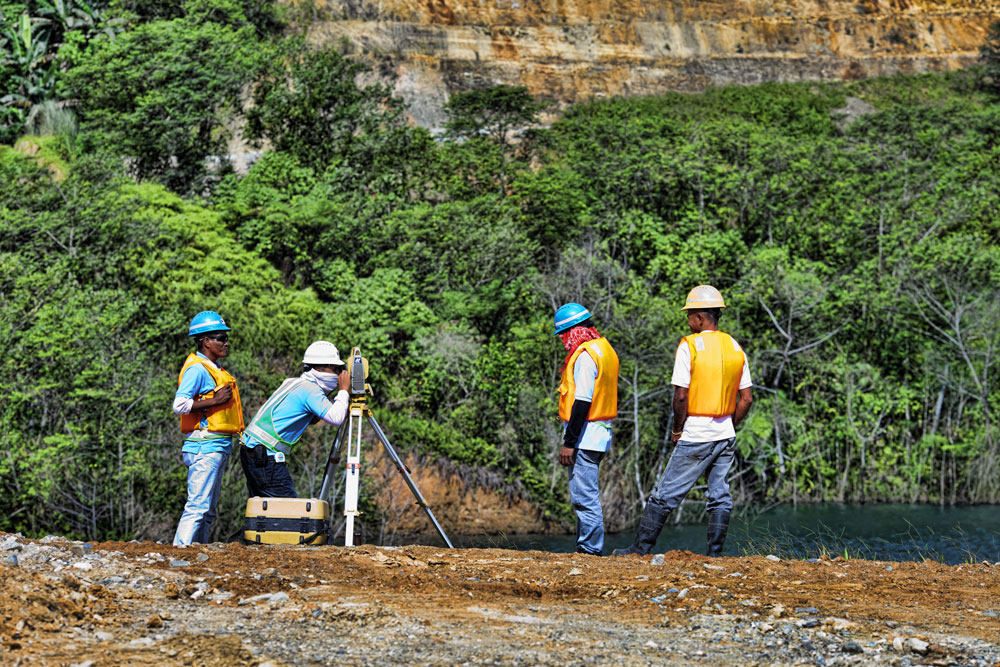
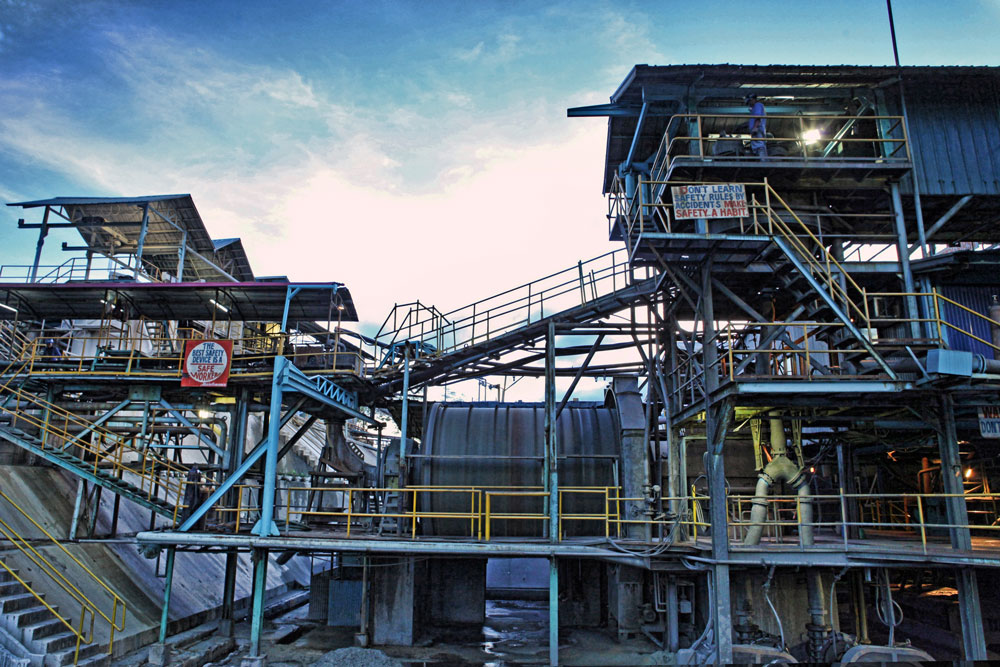
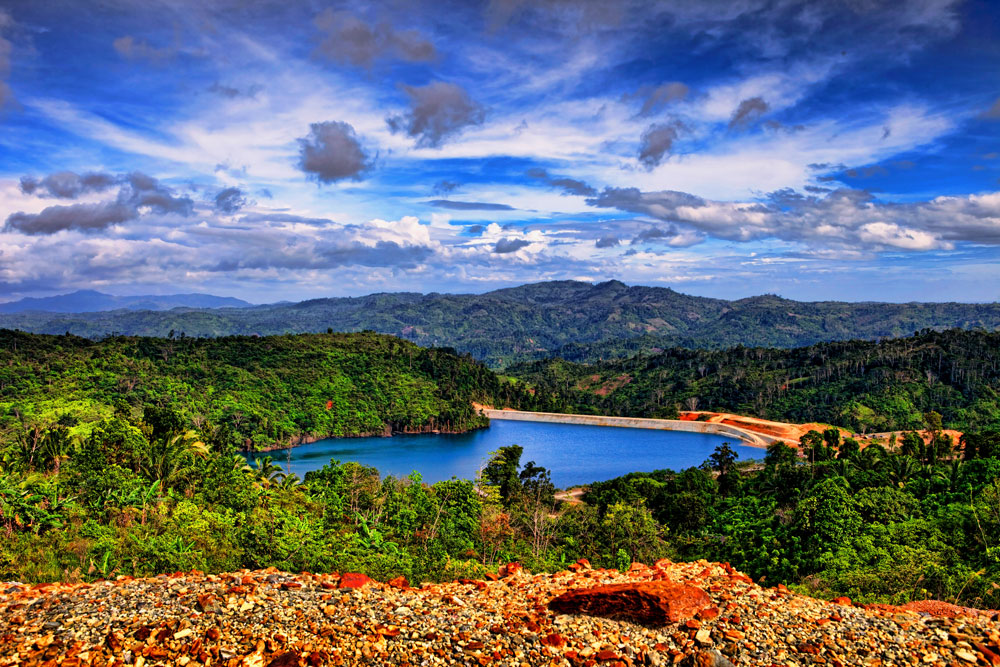
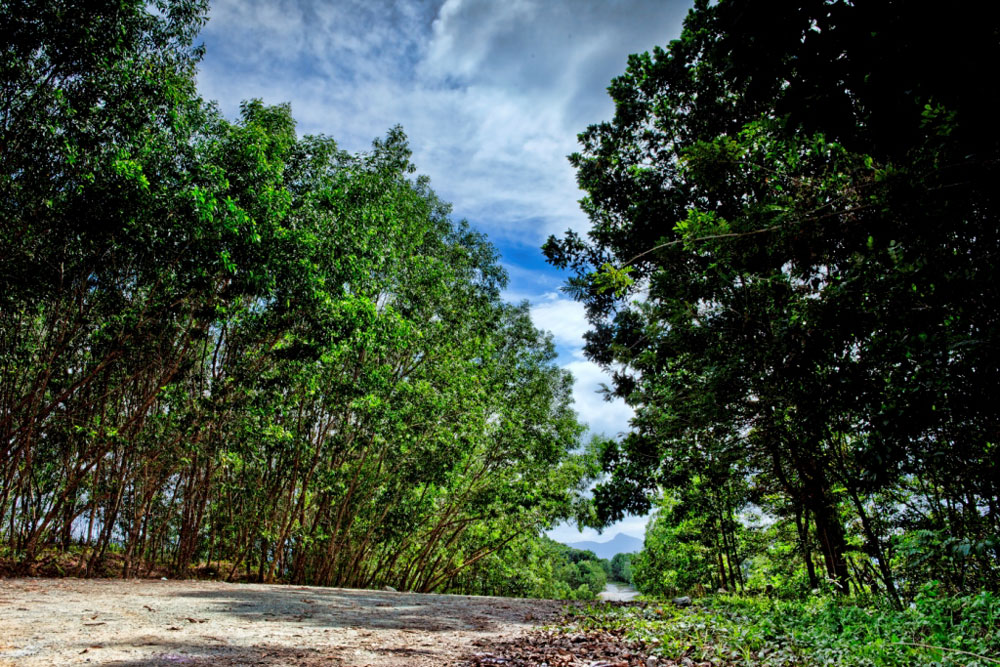
hefcg7
l8bl7u
aw6k7z
7b7dkq
68puht
7o5ko2
ontreb
I was very happy to seek out this internet-site.I needed to thanks on your time for this excellent read!! I undoubtedly having fun with every little little bit of it and I’ve you bookmarked to check out new stuff you blog post.
9ofvwl